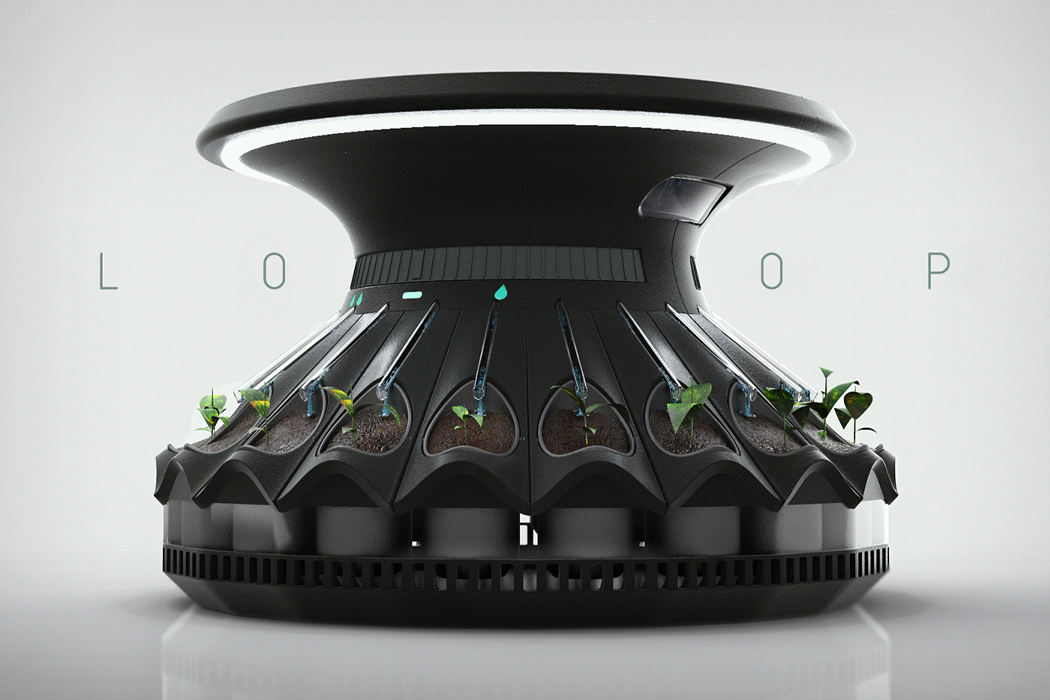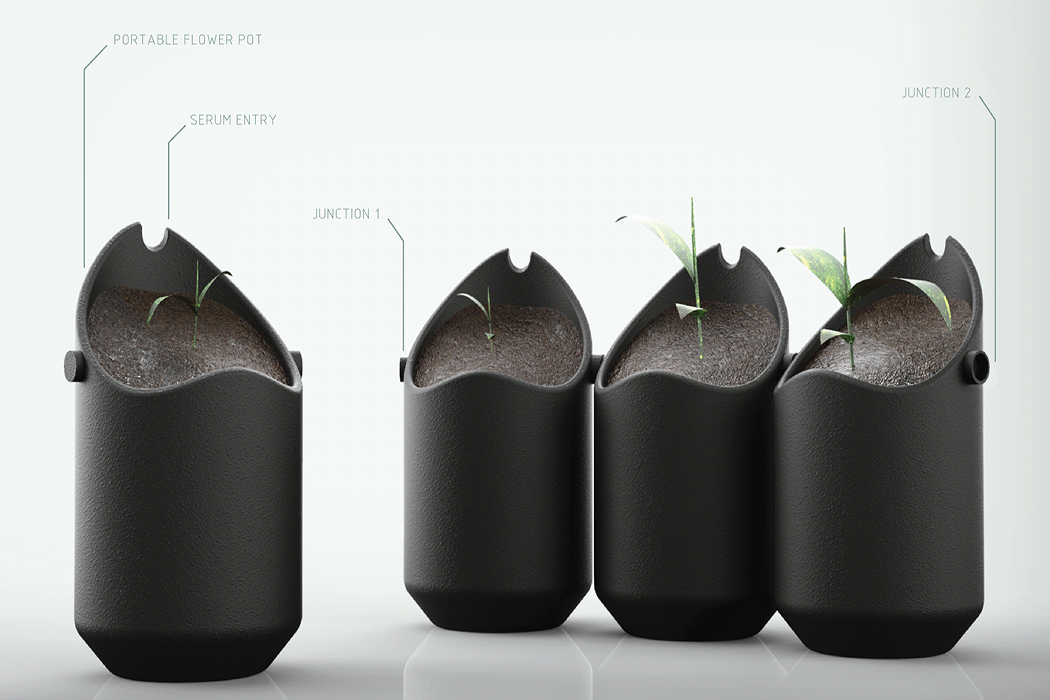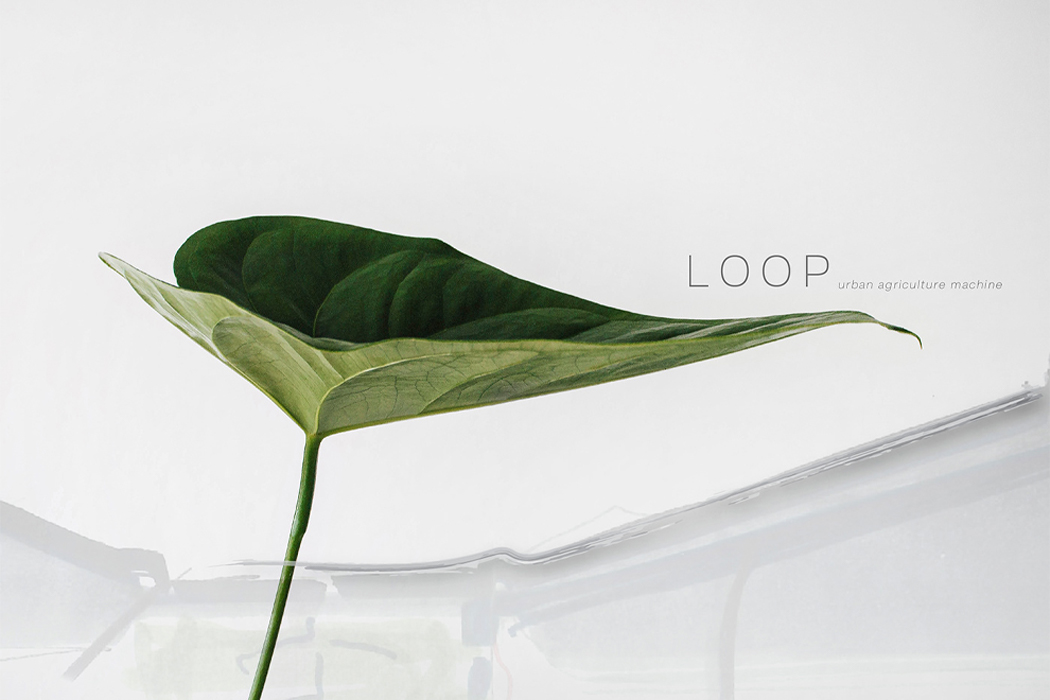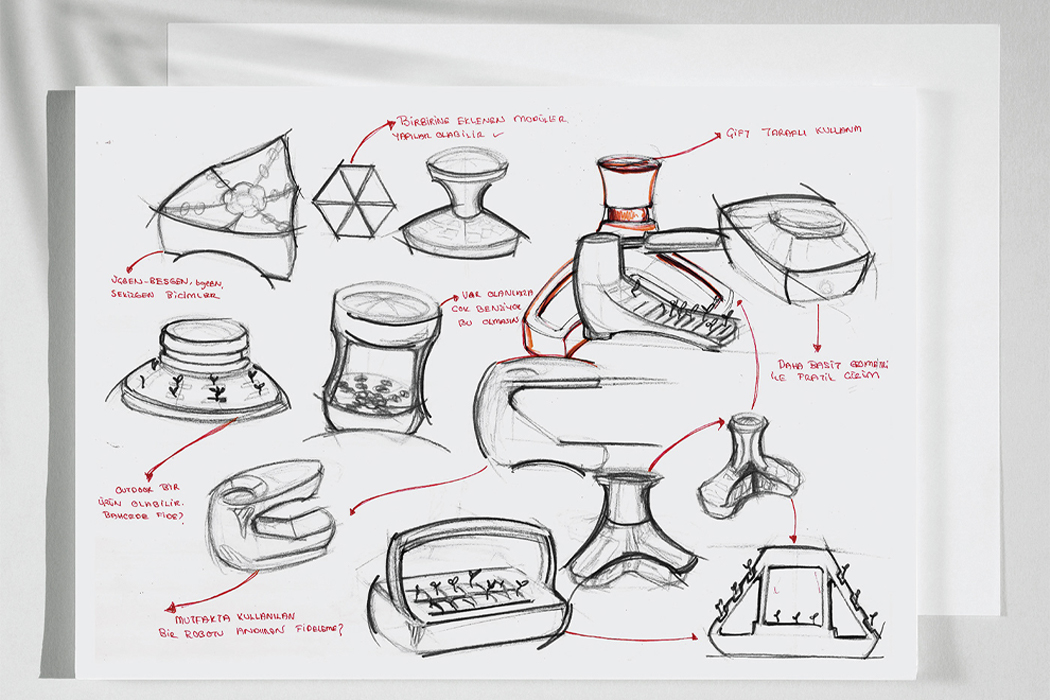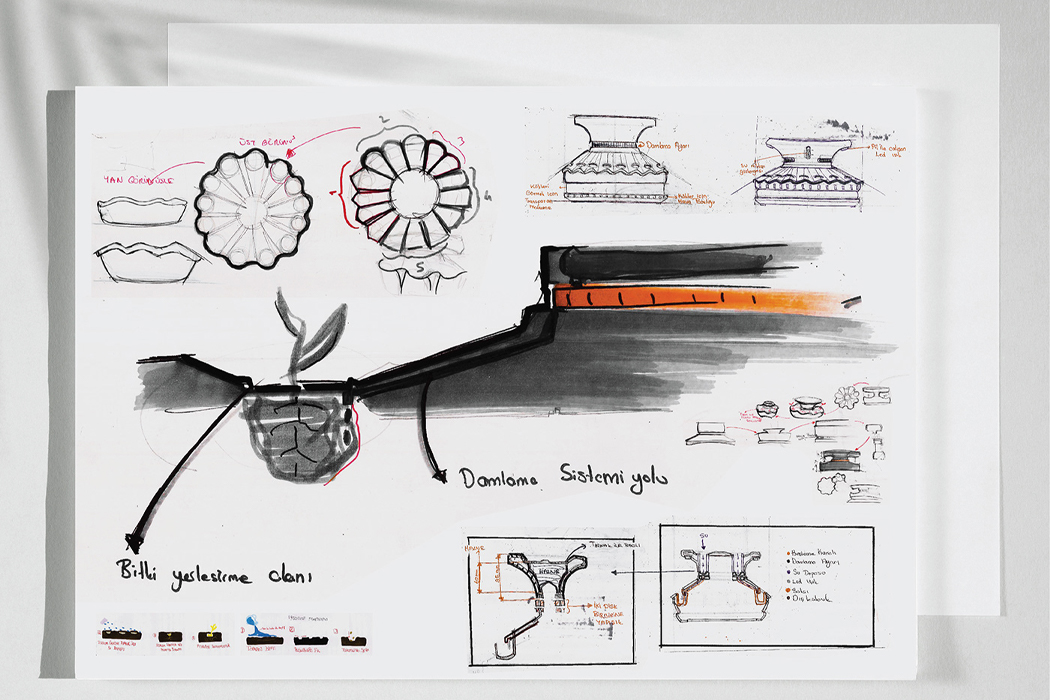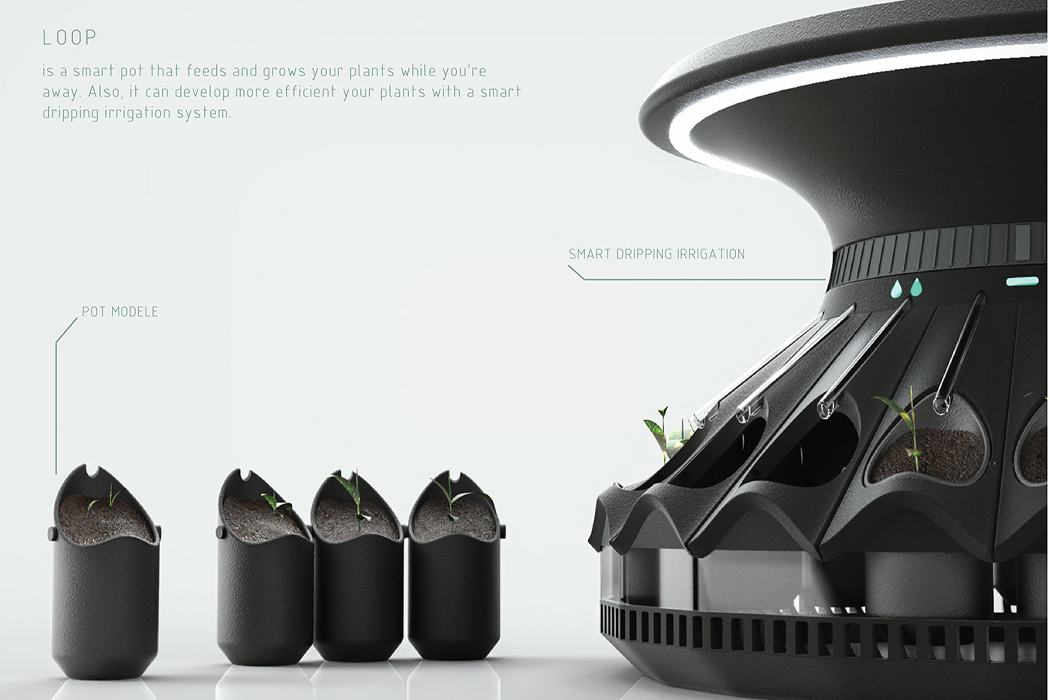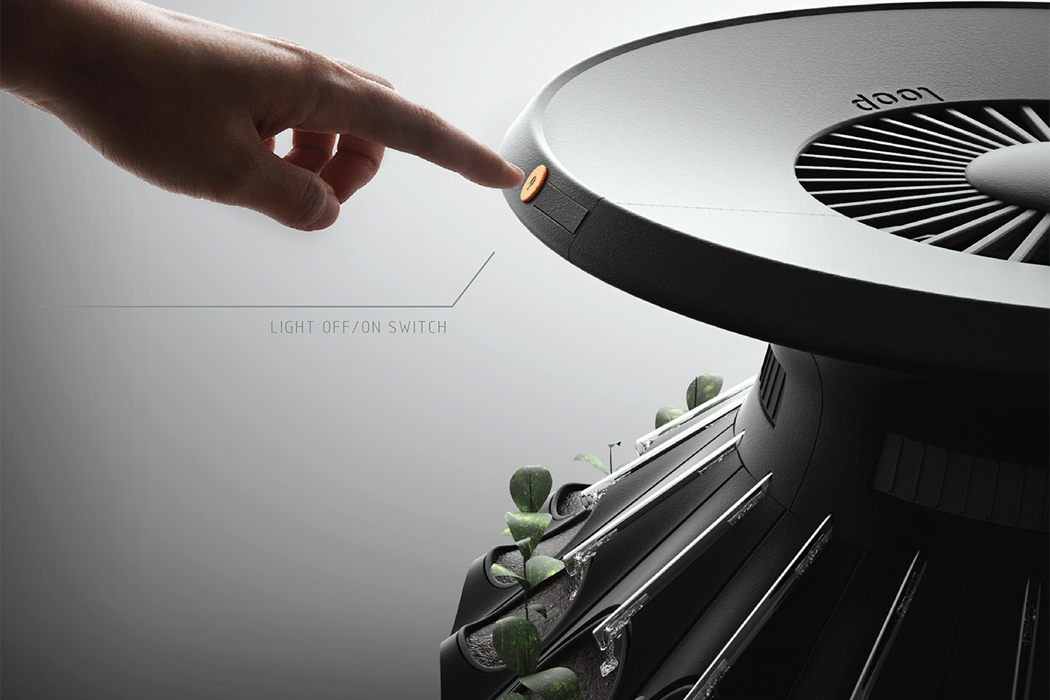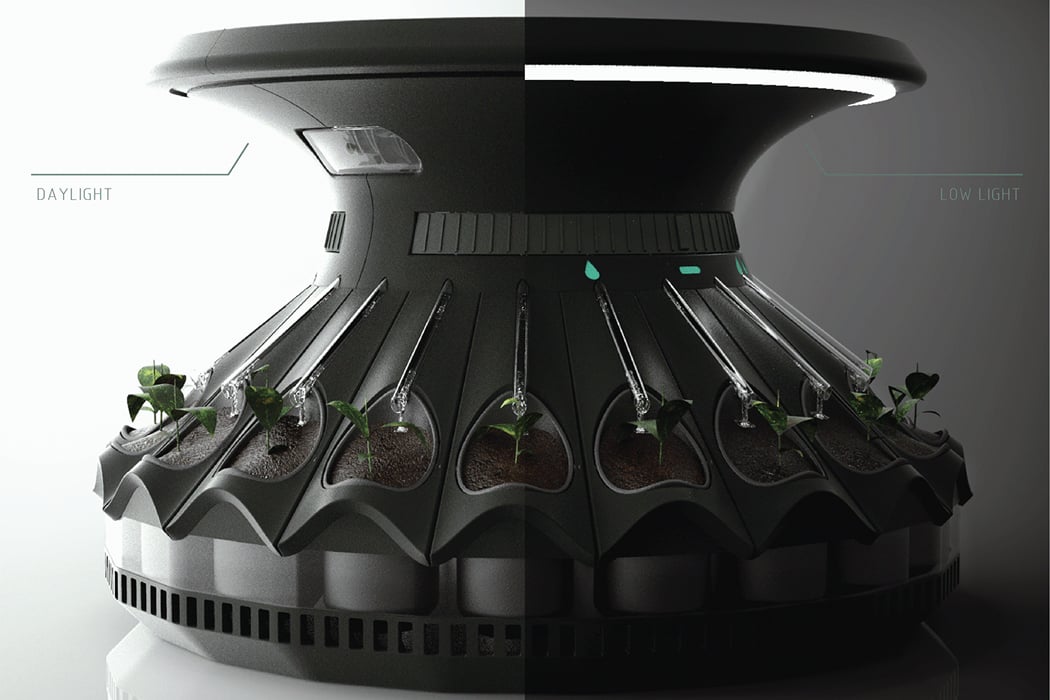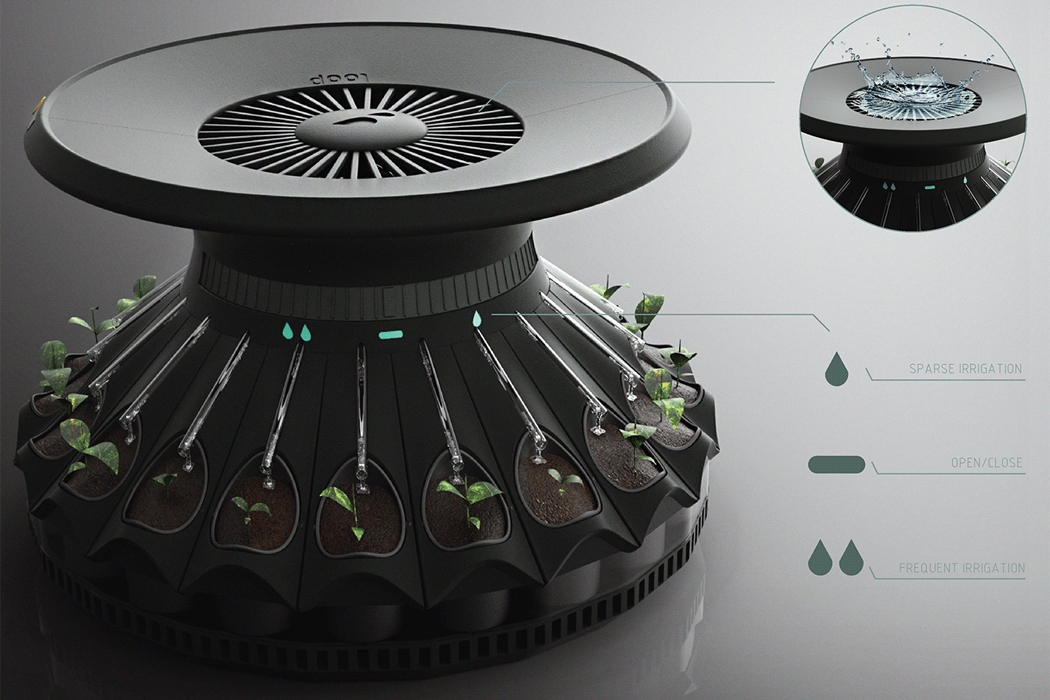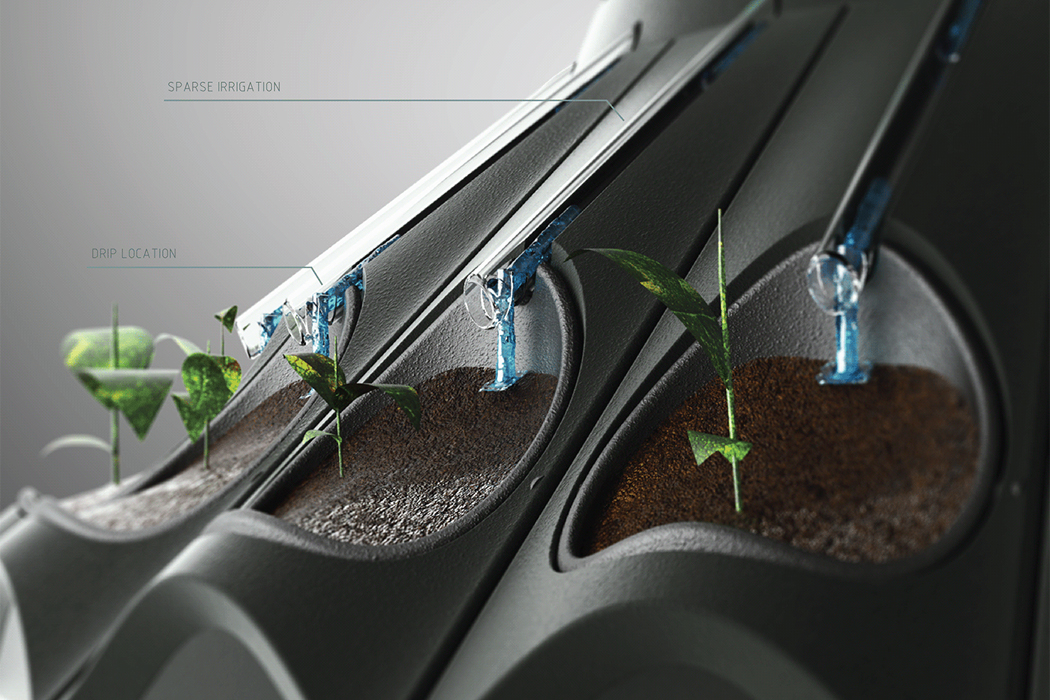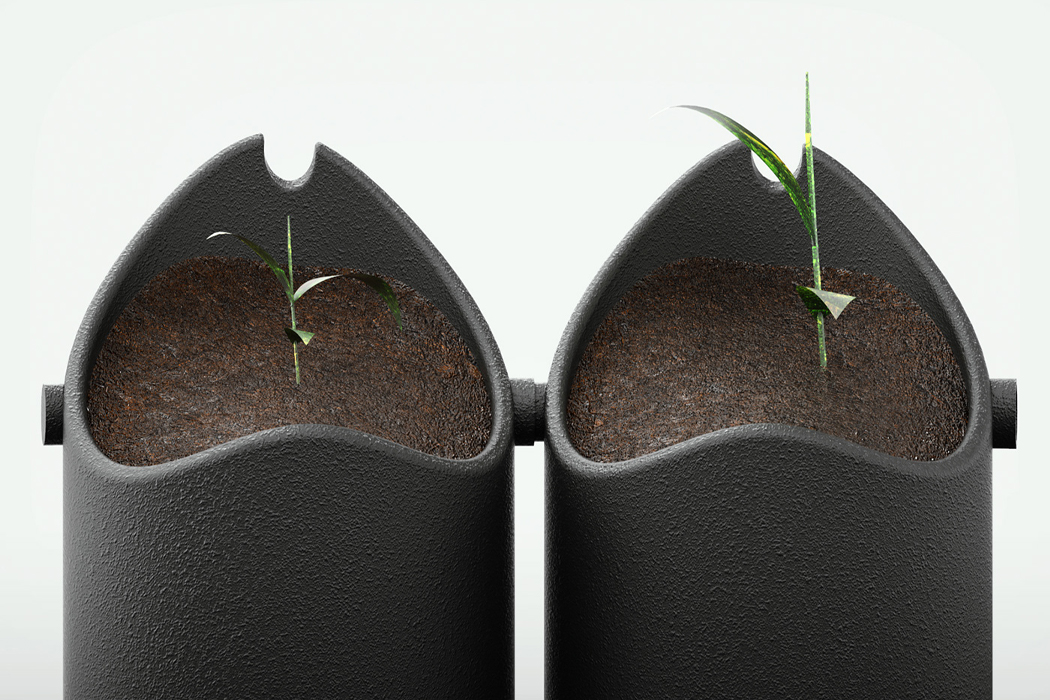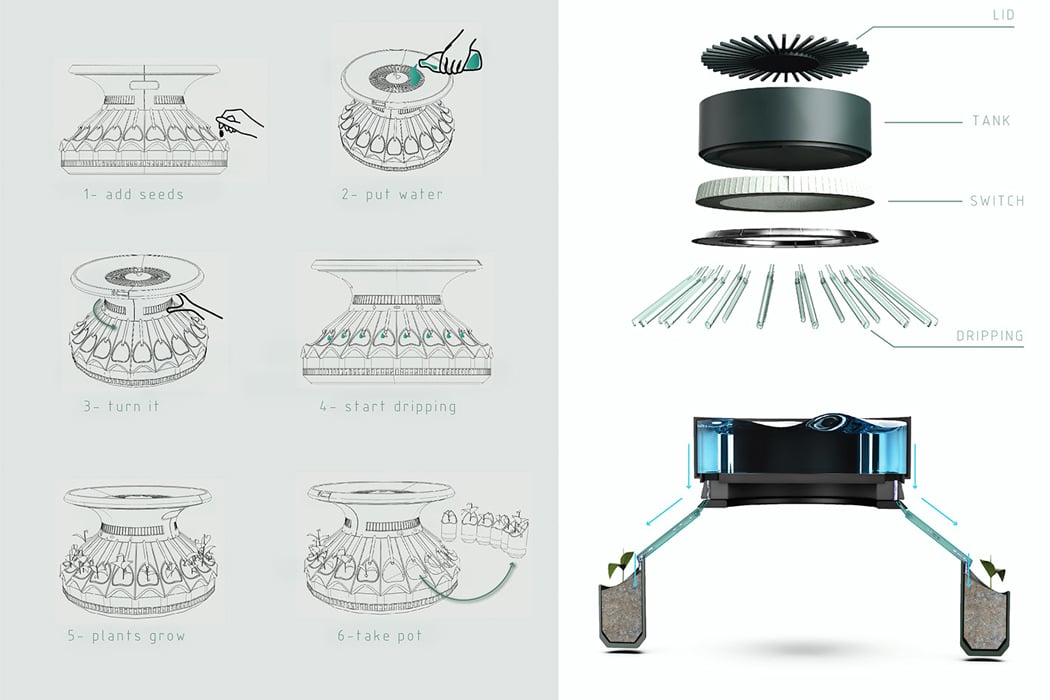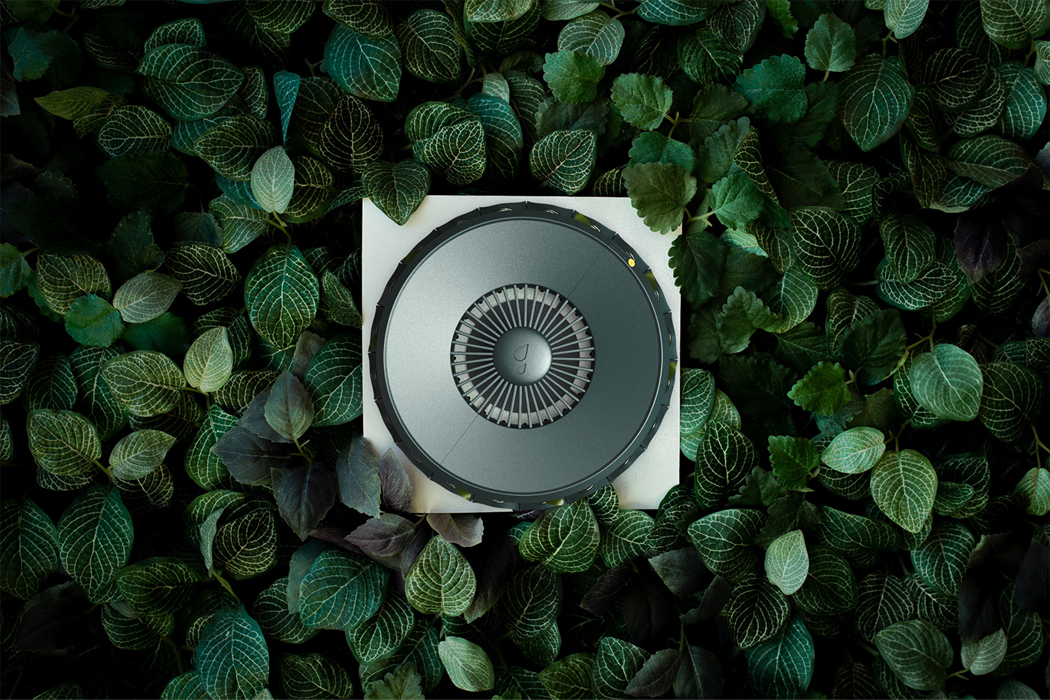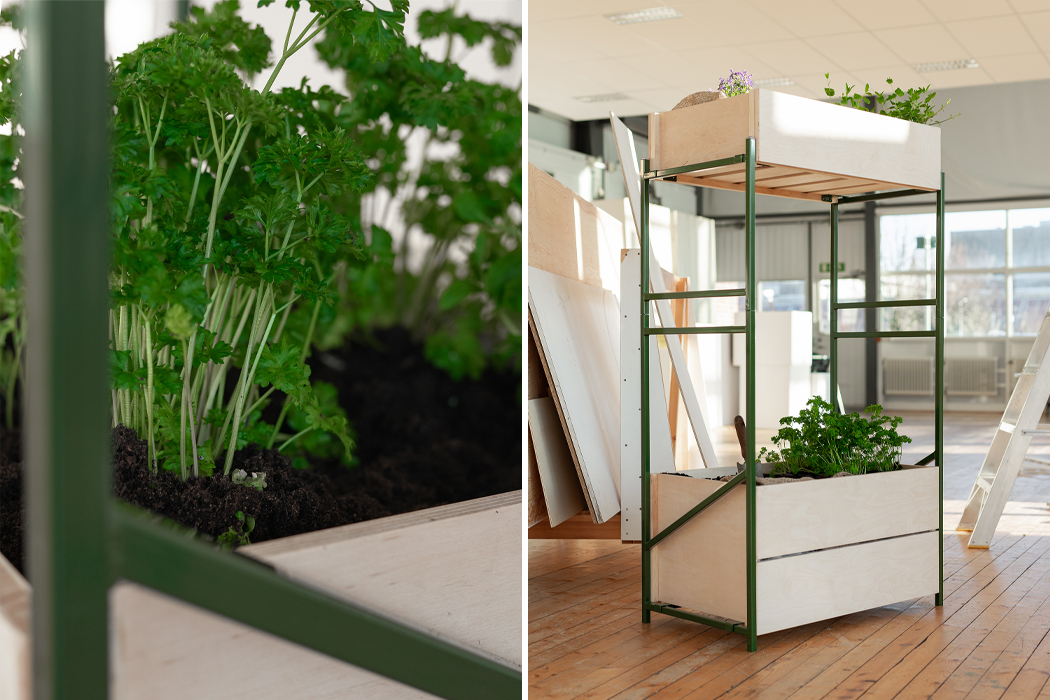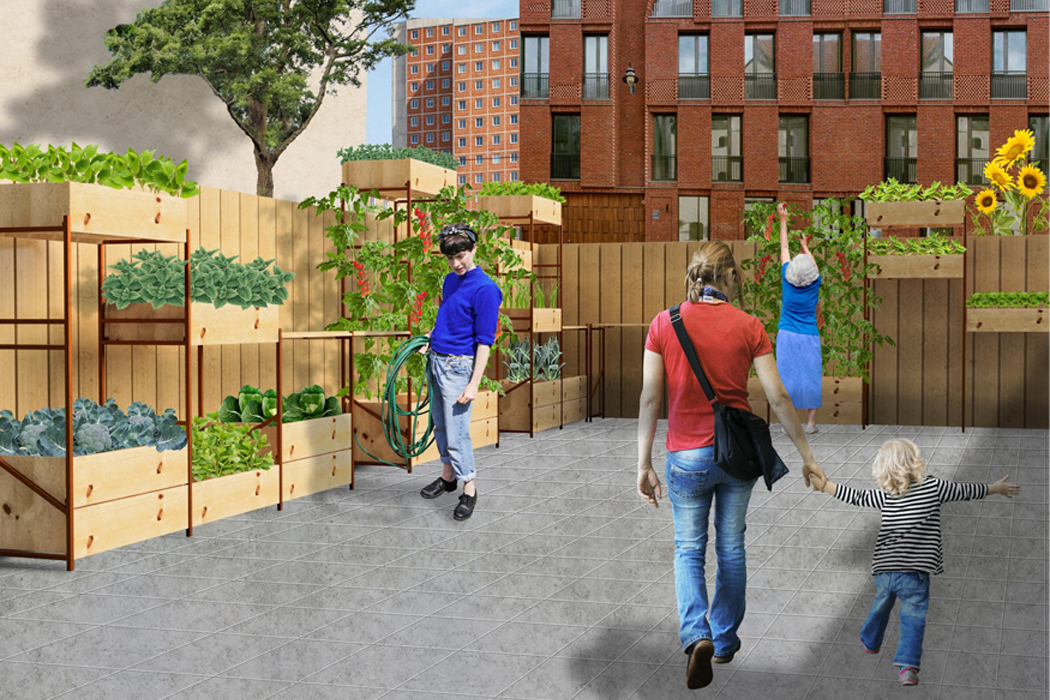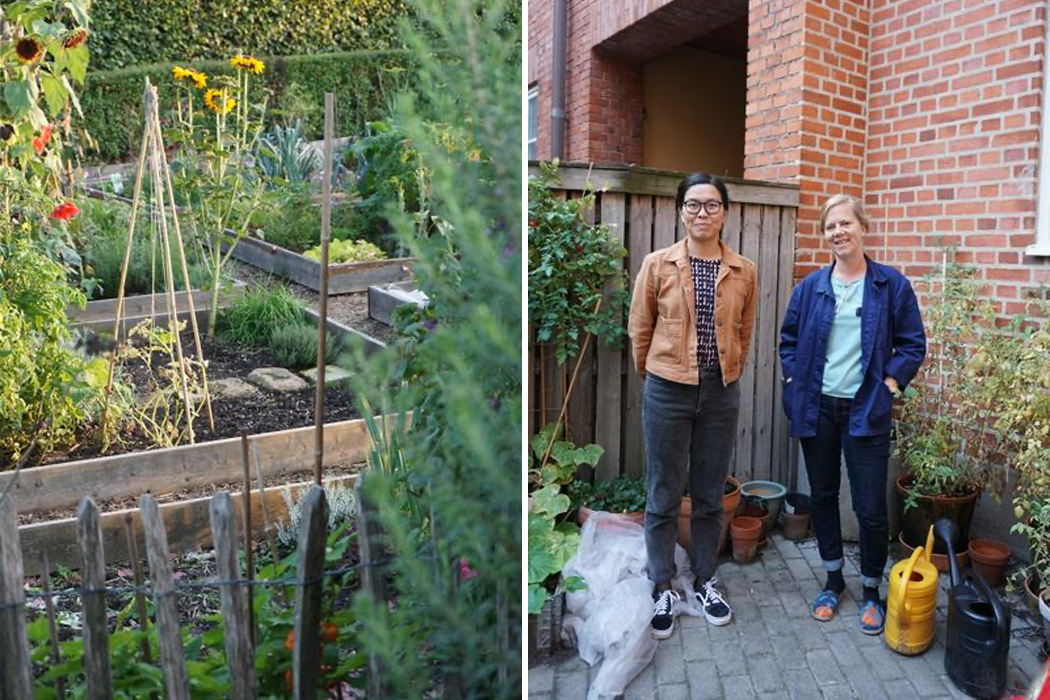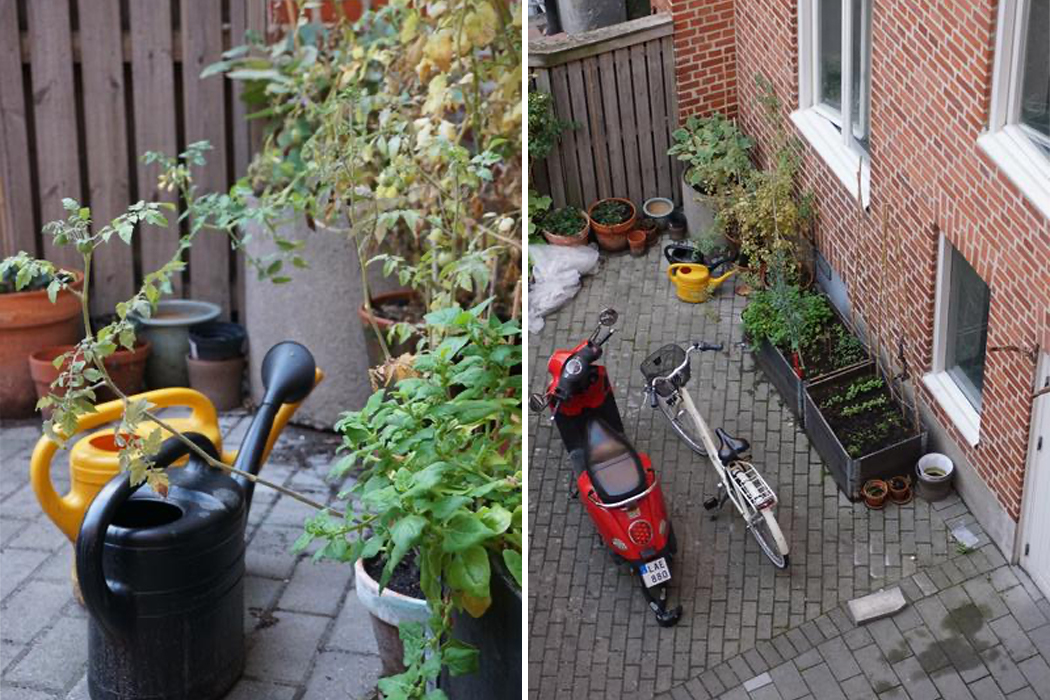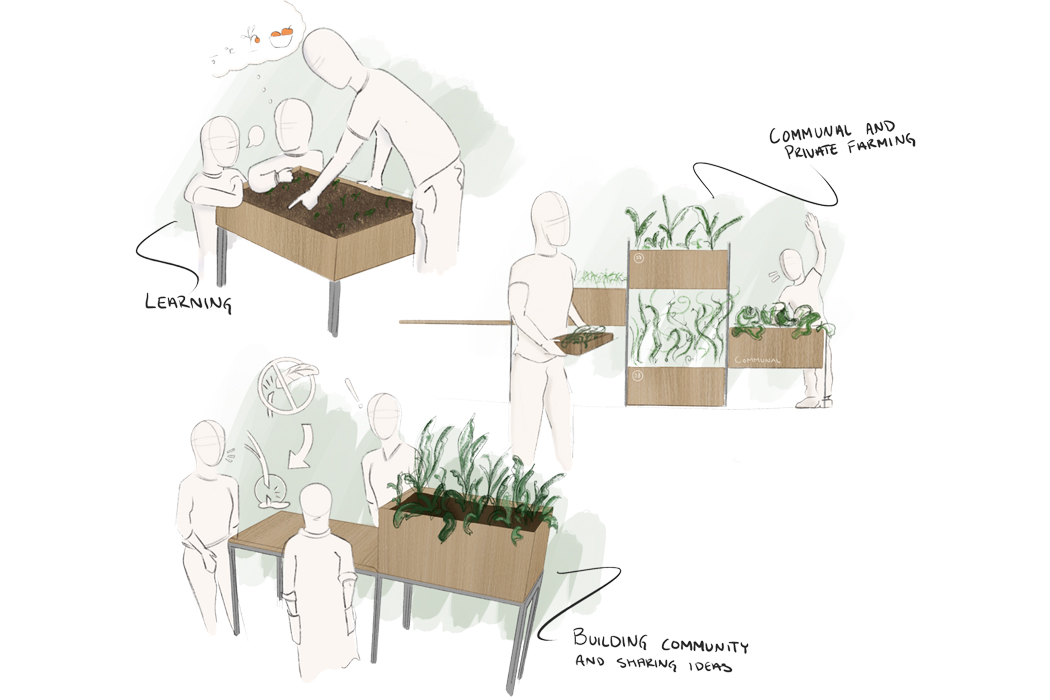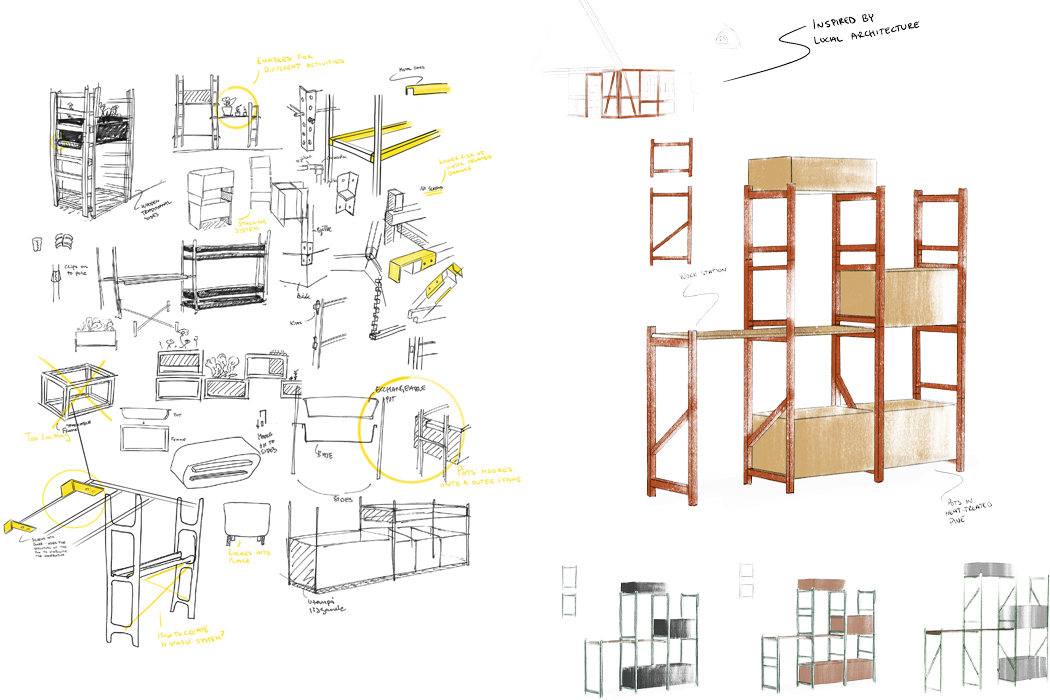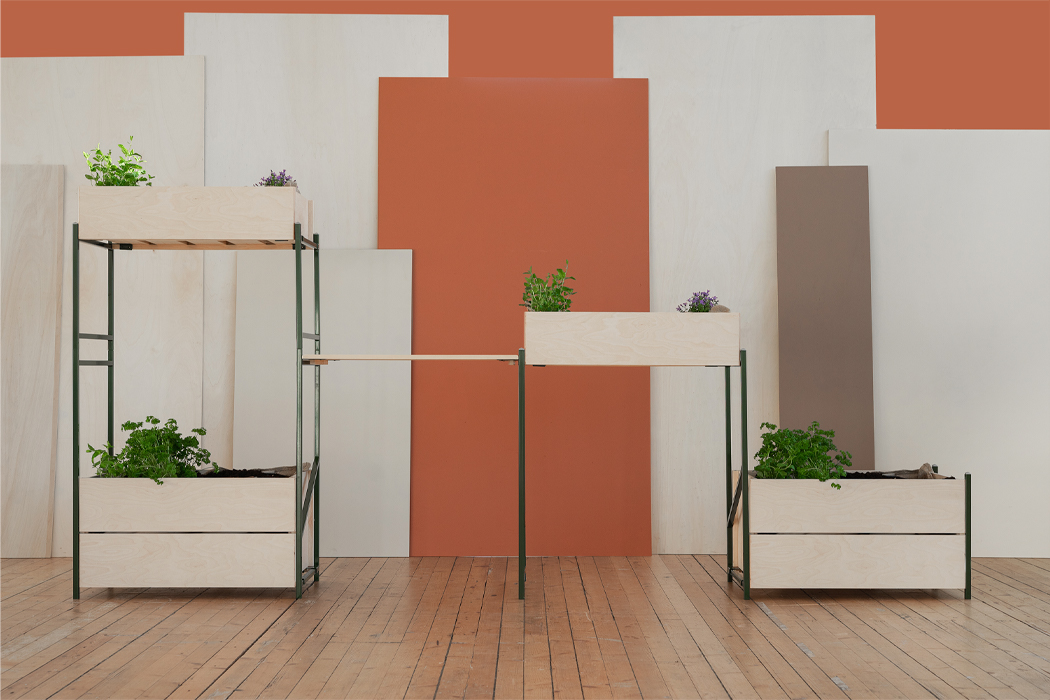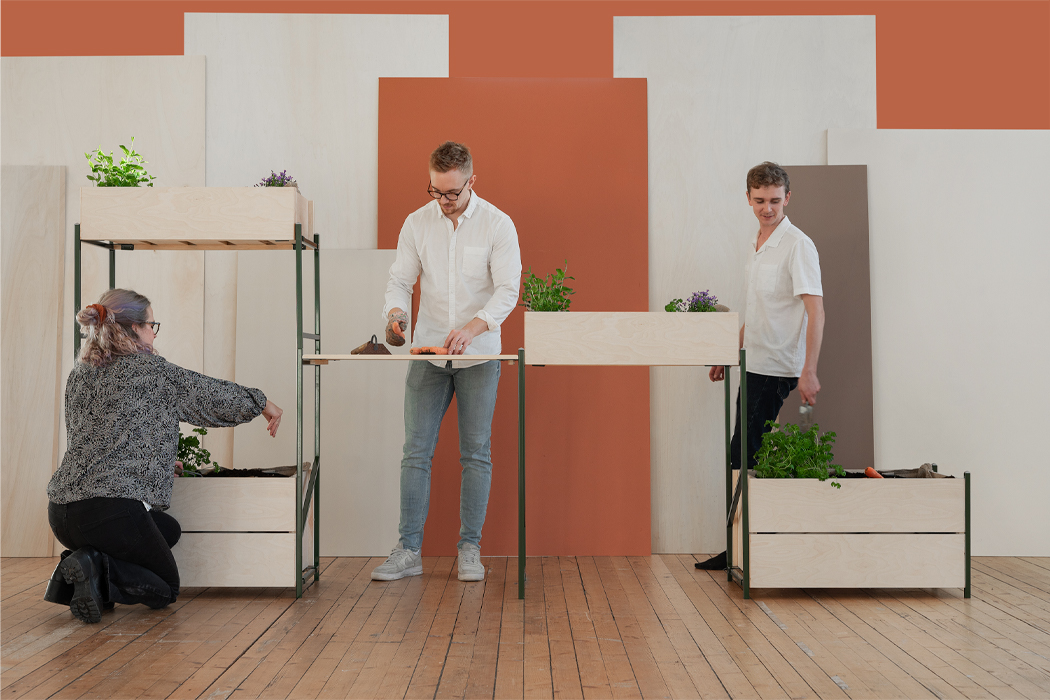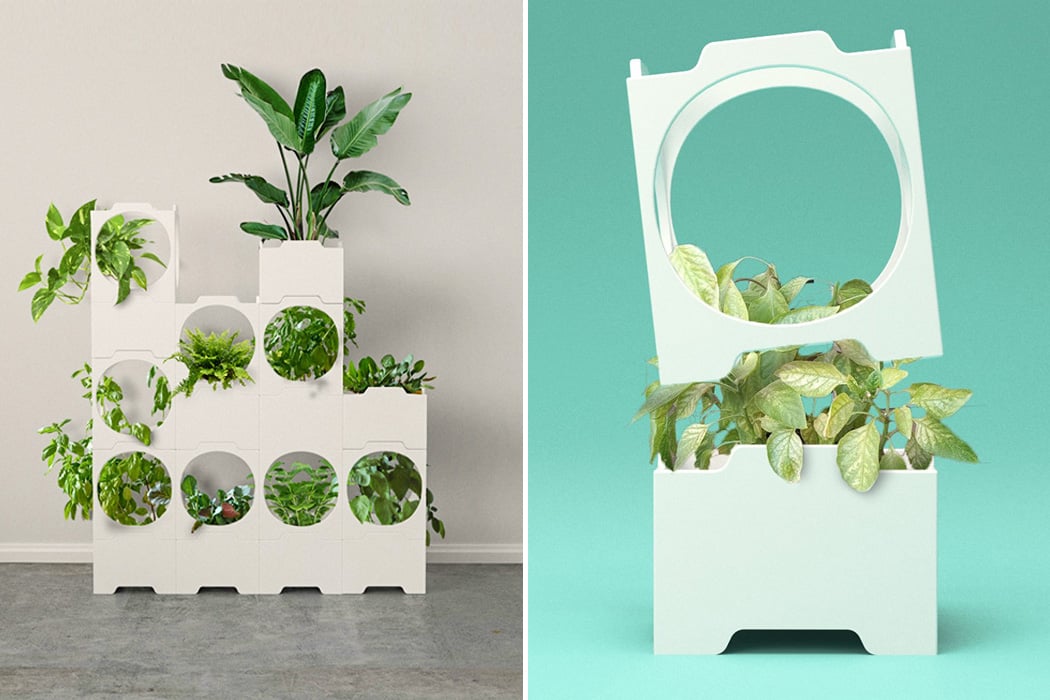
In recent years, more people have been trying out gardening and harvesting their own vegetables for cooking and eating. While plenty of planter designs have been created specifically for small living spaces, many of them keep a pretty small size, not allowing for too many plants to grow at the same time. Lorenzo Vega, a designer based in Chile, designed his own interpretation of a modular planter and it leans on a modular structure inspired by LEGO building blocks so the vertical farm can always increase in size if your space allows for it.
Vega’s modular planter was designed to be a solution for vertical farming in small living spaces. Starting with a single modular cube, seeds can be planted and harvested using traditional planting methods, then another module can be positioned on top of the first cube, forming a link for additional planters to be added. Each modular planter comes as a dish with an accompanying cubic case that grants room for the crops and plants to grow and reach their full height. Inspired by the look and durability of Japanese metabolism and Social modernism architecture, Lorenzo Vega conceptualized his vertical farm to be stripped-down and clean by design. The sleek, simple finish of Vega’s modular planter echoes its intuitive usability and modular customization.
Stackable and modular product designs are a Godsend for those of us living in tiny spaces. Taking full advantage of the height in any given room opens the space up to many more interior design possibilities and grants access to hard-to-reach areas of the apartment that would otherwise remain unused. Vega’s modular planter was designed for a small space and that’s where it feels right at home.
Designer: Lorenzo Vega
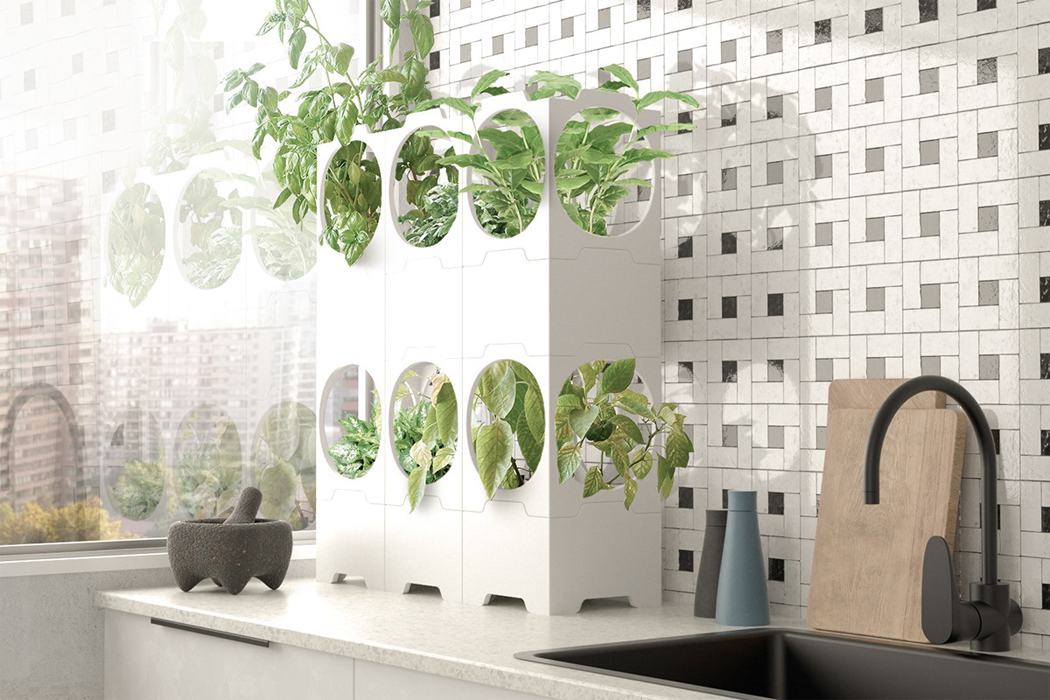
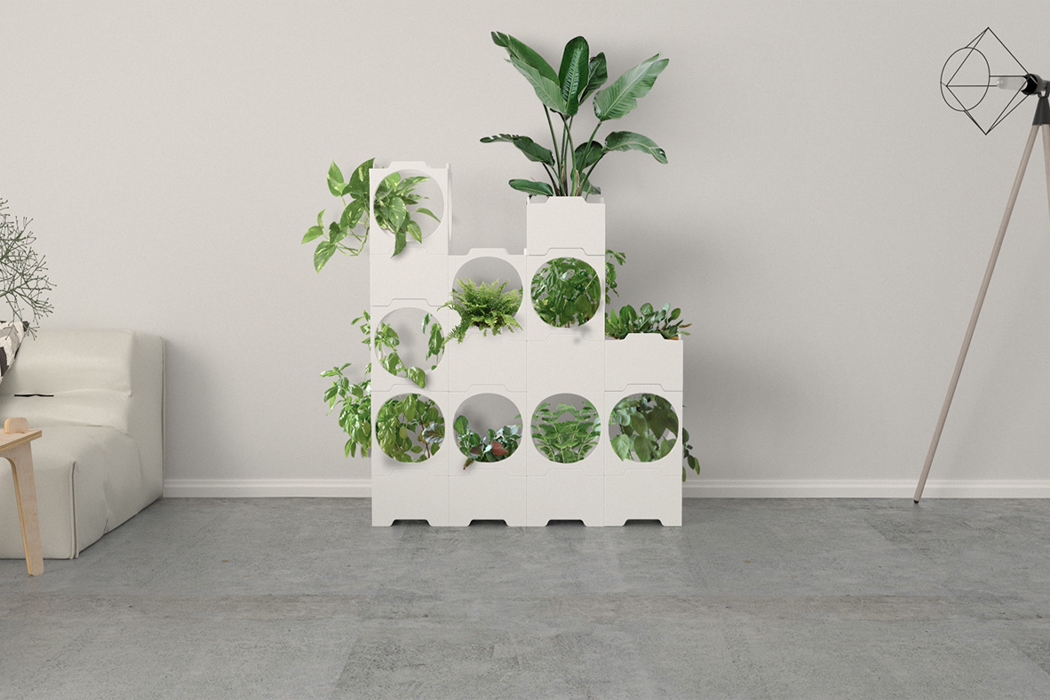
Identical modules can be stacked on top of one another for vertical farming in tiny living spaces.
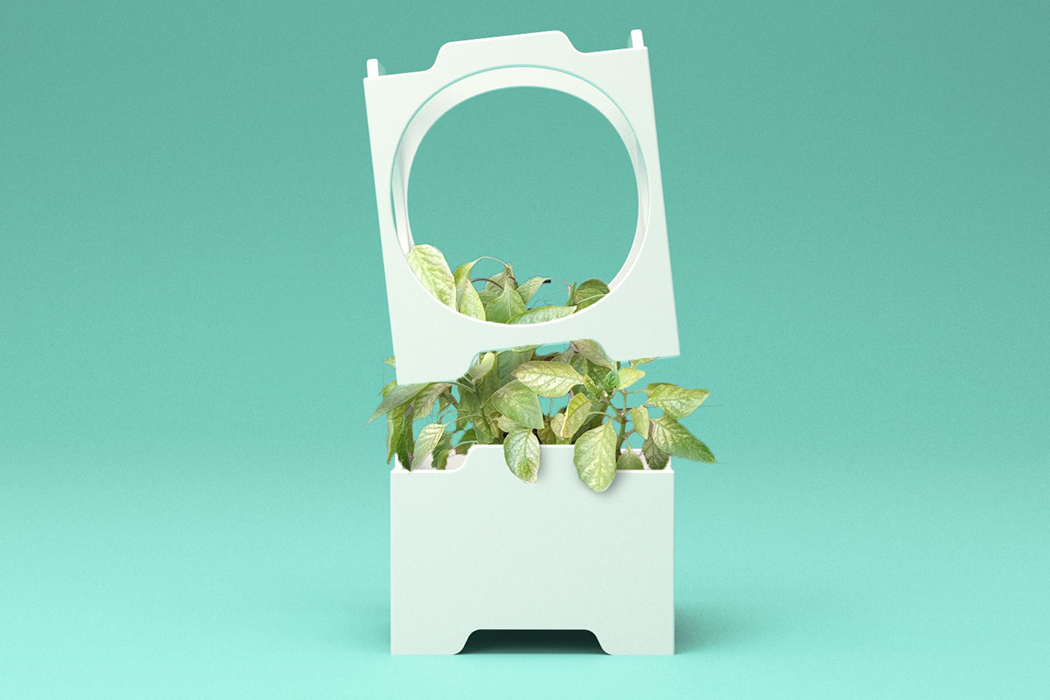
A cubic case slides right over the dish planter to allow the crops and plants to reach their full heights.
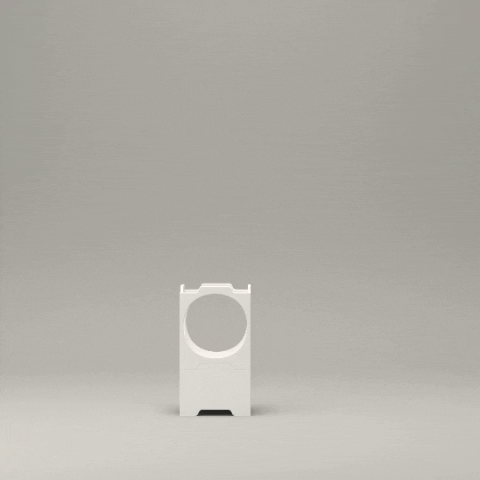
Additional modules can easily be joined together to form links around preceding cubes.
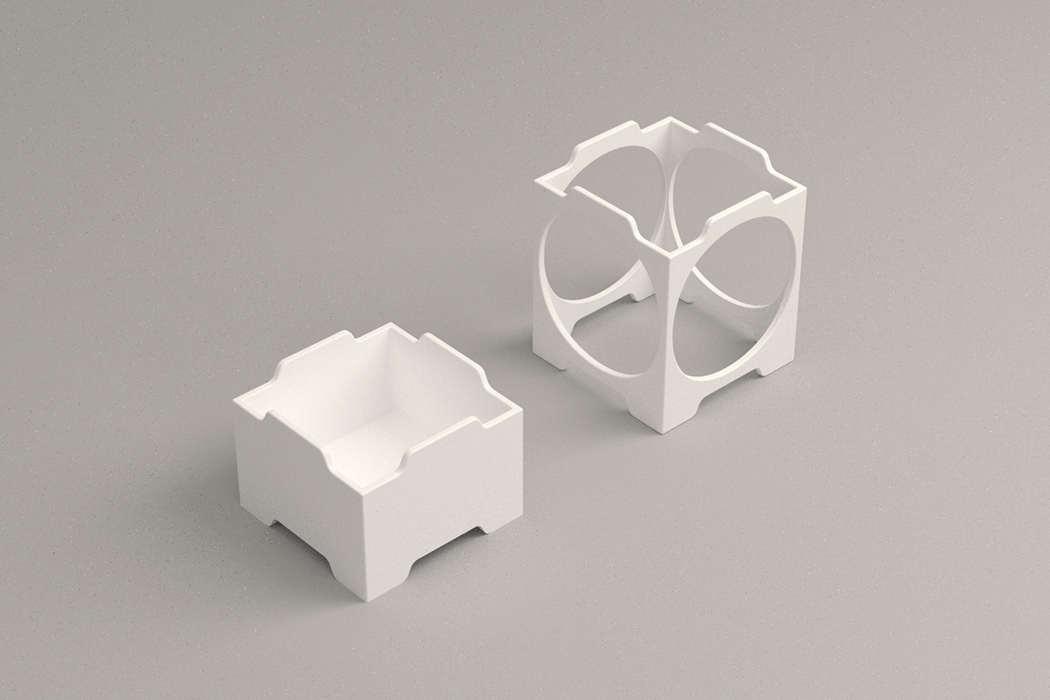
Notches on the planter lock into place with the sockets on the planter’s frame case.
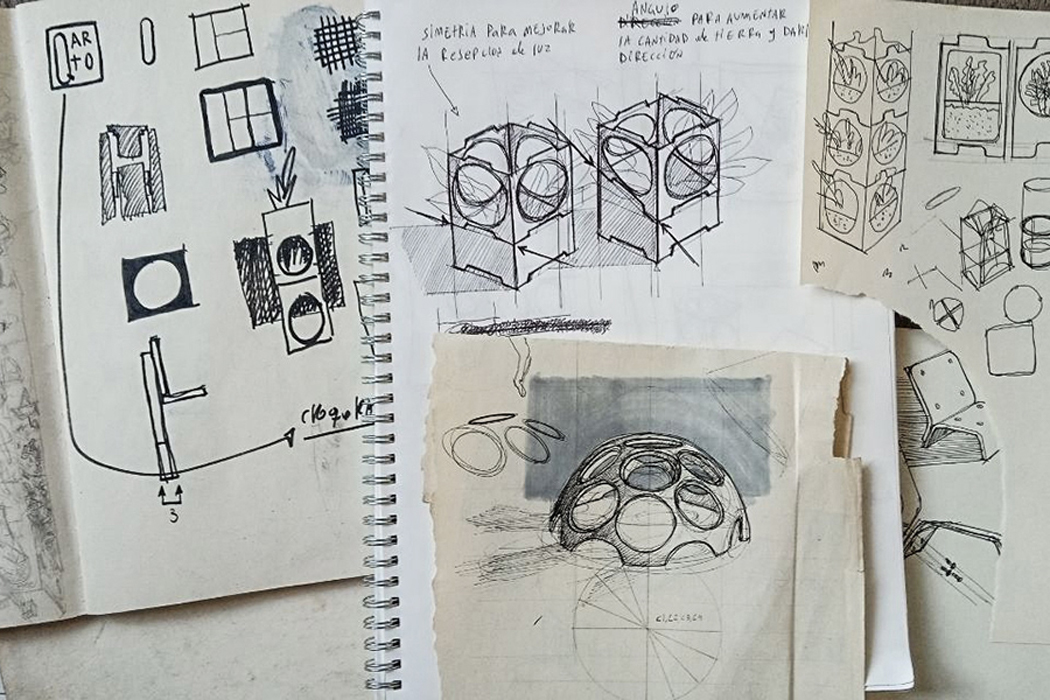
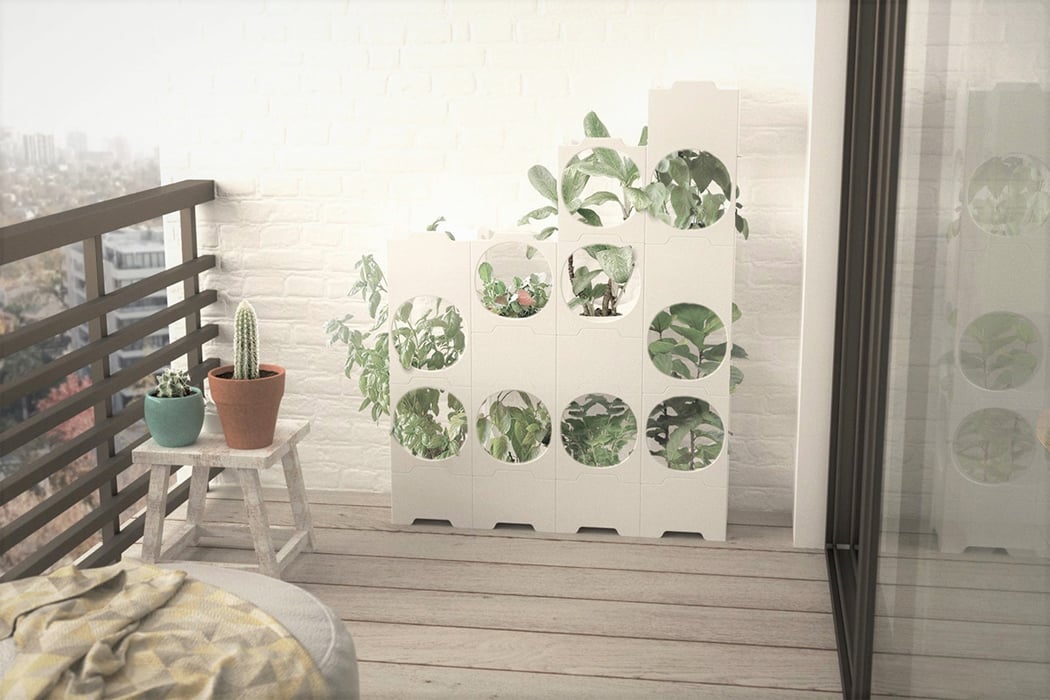
Vega’s modular planter can be positioned either outdoors or indoors.
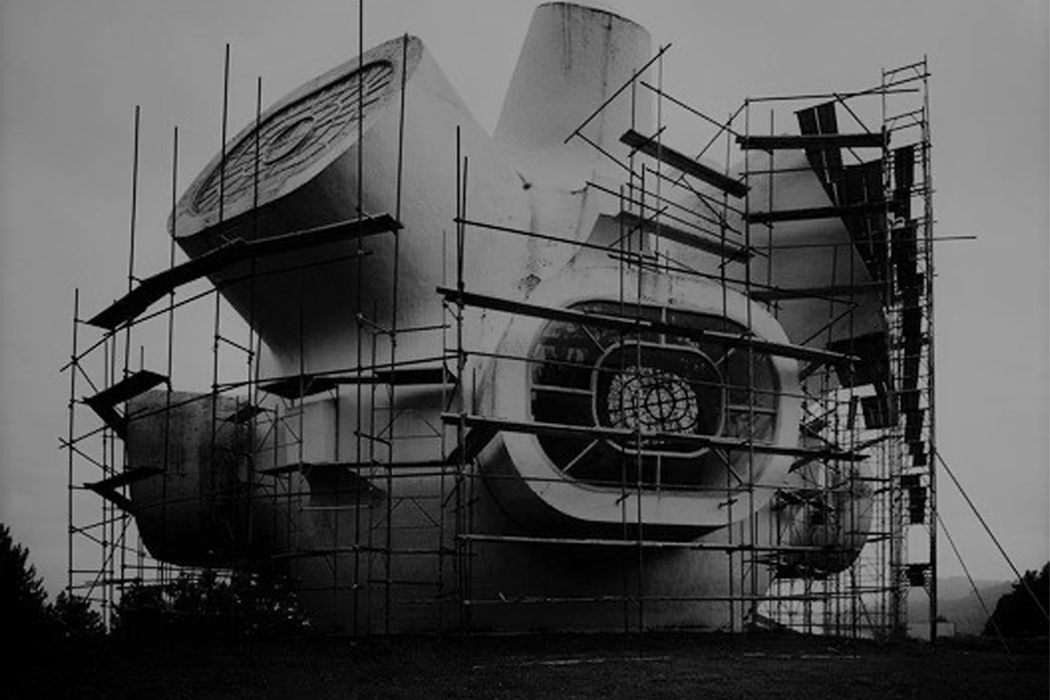
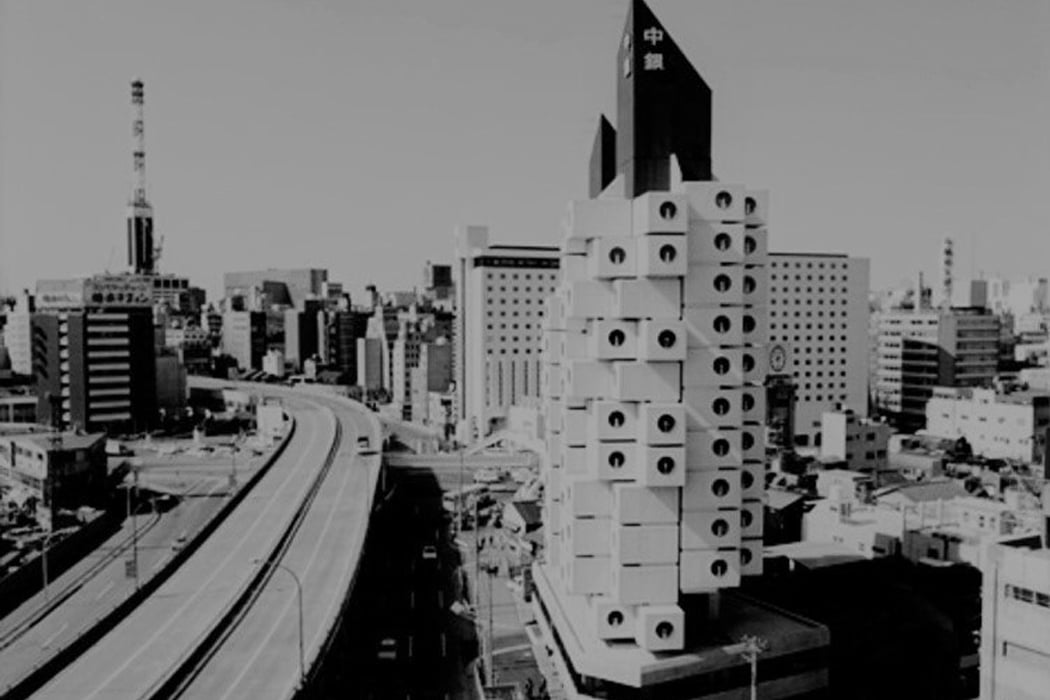
Vega took to architecture for inspiration, specifically Japanese metabolic and Social modernist structures.
